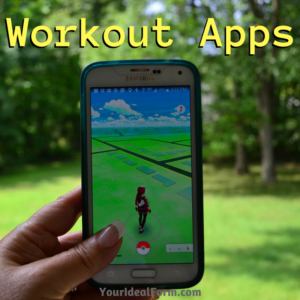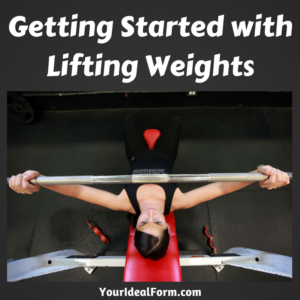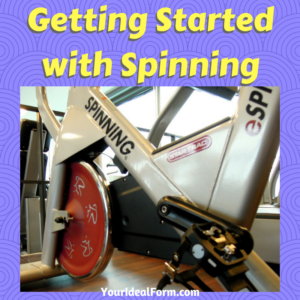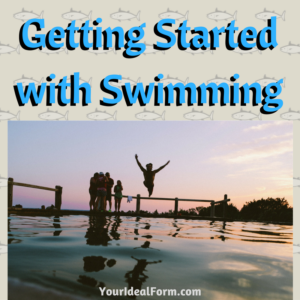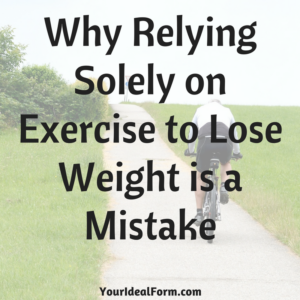
There are plenty of benefits to exercising. But when it comes to strictly losing weight, relying solely on exercise is a mistake. Here’s why.
Exercise makes better television
Eating is fun. Watching people eat sensibly, however, is boring. So shows about weight loss tend to focus on the exercise. And making that exercise seem as extreme as possible. Making the exercise into a competition is even more entertaining to watch. This can lead to the thinking that burning all your calories through vigorous exercise is the only way to lose weight. But that’s far from the case. You don’t need to be extreme, just consistent. And you’ll make far faster progress by focusing on your eating habits than focusing on exercise.
“Dieting” is a scary word
Some people want to focus on exercise only because they do not want to “diet”. They enjoy exercise, which is great! And they would much rather do lots and lots of exercise than diet. They are afraid that “dieting” will require giving up their favorite foods. It doesn’t have to be that way. There are plenty of eating plans out there that allow you to indulge in your favorites and still lose weight. If you need help finding a diet plan that works for you, check out my free Ultimate Diet Comparison Guide.
Exercising is harder
Which is easier? Going for a two-mile run or doing nothing? It is far easier to do nothing (i.e. not eat something) than it is to try and burn those calories off later. If I have that candy bar, I’m going to have to run two miles to burn it off. Or, I could just sit here and do nothing (including not having the candy bar), and save myself the time and effort. If you plan your meals properly, you can also have that candy bar without having to worry about running it off later!
Exercise makes you hungrier
Exercise is great for revving up your metabolism. An unfortunate side effect of this is that it makes you hungry. So you spend an hour on the treadmill, only to be starving afterward, and then you go home and eat the entire kitchen. If you’re trying to lose weight, it can be hard enough to stick to your meal plan. But being hungry on top of that is no fun. If you can, plan your workouts so that you’ll have a meal right after, and be sure to prep out that meal ahead of time so you don’t accidentally overeat.
Exercise isn’t all that effective
Exercise is awesome, don’t get me wrong. It will help you get stronger. Improve your cardiovascular functions. Sweating it out can improve the look of your skin. It can boost your mood and your confidence. It will tone your muscles and make you look great in a swimsuit (or naked!). But strictly for weight loss? It isn’t all that great. Studies have repeatedly shown that cardio machines overestimate how many calories you burn while using them. And humans are just as bad at estimating as well. Exercise just doesn’t burn as many calories as we hope it will. This can be a problem when we complete a really hard workout (great!), feel really good about ourselves (aweseome!), and then think that it’s okay to eat back some of those calories because we worked so hard (uh-oh). The elliptical said you burned 200 calories, but it could have been overestimating by 42%!
Diet is the key
If your goal is to lose weight, then your best bet is managing your diet. Eating the right foods/right amounts will get you to your destination so much quicker. You just can’t out-exercise a bad diet. It doesn’t matter how hard you work in they gym if you don’t control what you put on your plate. Nutrition is key. You do not have to give up your favorite foods. You just might have to learn to enjoy them in smaller quantities. Learn just how much energy your body needs, and try not to eat more than that.
Challenge: Track your calories eaten vs calories burned during exercise for one week. See what a huge difference there is in those numbers. (Most of the calories we burn during the day is stuff our bodies do to keep us alive, like keeping our core temperature up and pumping blood and so forth. You’re not expected to burn off all your calories eaten via exercise (you wouldn’t have time to do anything else otherwise!))
